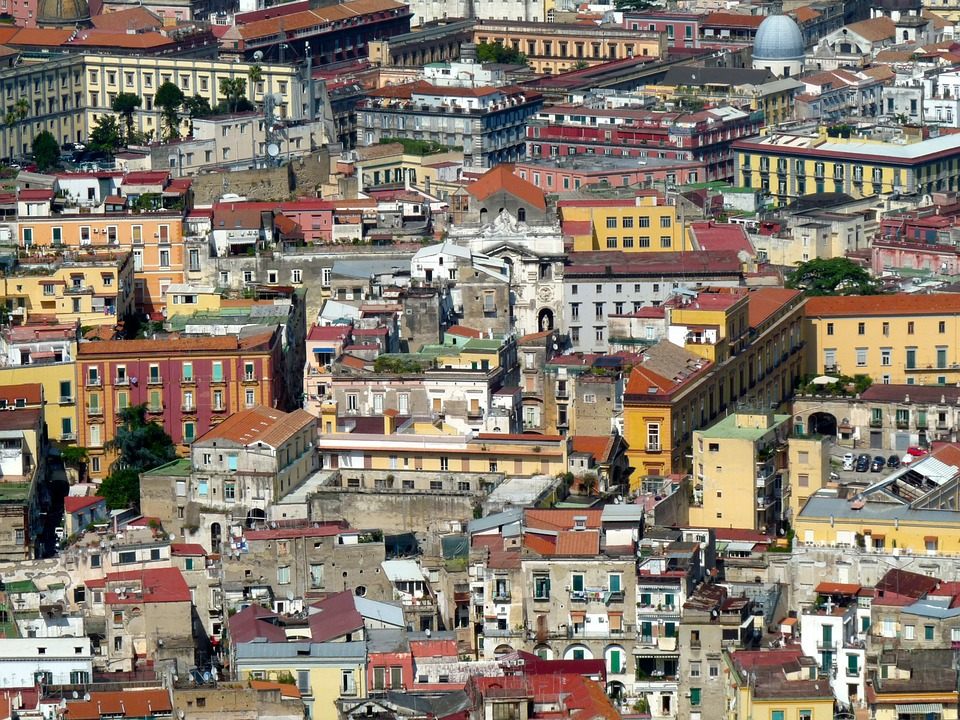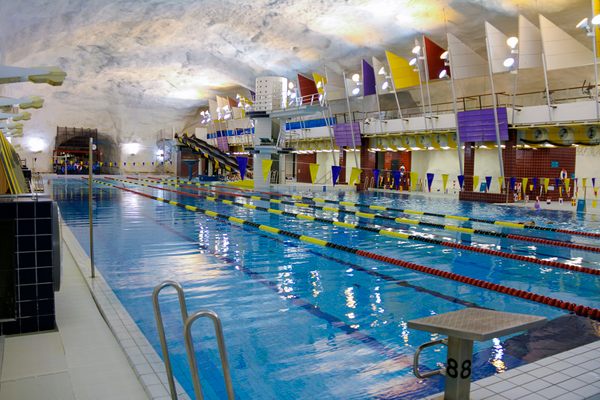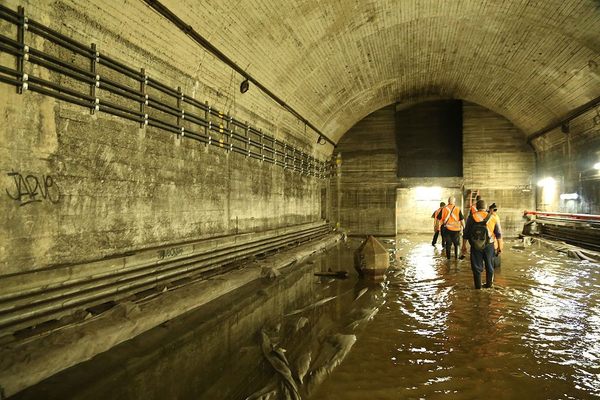Found: Secret Tunnels Underneath Naples
Two geologists were tipped off by a 90-year-old man who sheltered there during World War II.

Naples (Photo: annegillet/CC0)
Gianluca Minin and Enzo De Luzio, two Italian geologists, first heard about the tunnels from an elderly Neapolitan. Many years before, the man had taken shelter underground during World War II, and he wrote to the geologists of “incredible stairways and huge chambers that no one remembered,” Minin told the Times.
When they followed his directions, they found exactly what he had described: a cavernous room and multiple stories of tunnels, covering an area about these size of a baseball field.
Minin and De Luzio have made a career of exploring Naples’ underground: there are thousands of cisterns and passages under the city streets, although many were filled with bomb rubble early in the 20th century.
About a decade ago, Minin and De Luzio discovered a network of tunnels that included an unfinished escape route from the city’s Palazzo Reale, linked to a centuries old network of underground aqueducts and cisterns. They spent years excavating and restoring the area, before opening it to the public as the Galleria Borbonica: there are now guided tours that take visitors through the underground passageways.
In this new tunnel complex, they found a stairway 115 steps long, a 17th century cistern, and graffiti left from World War II, when the space was used as a bomb shelter. They’ve opened a hole in an art gallery floor to let visitors in: some, Minin told the Times, took shelter here during the war and still remembering their way around, even in the dark.
Bonus finds: Bacteria that can eat plastic, a letter Walt Whitman wrote for a dying soldier
Every day, we highlight one newly found object, curiosity or wonder. Discover something amazing? Tell us about it! Send your finds to sarah.laskow@atlasobscura.com.


















Follow us on Twitter to get the latest on the world's hidden wonders.
Like us on Facebook to get the latest on the world's hidden wonders.
Follow us on Twitter Like us on Facebook